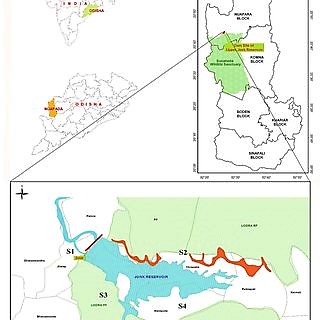Kulathoor, an agrarian village near Thiruvananthapuram well known for its paddy and banana, is rooting for ginger.
References
The Ministry of Electronics & Information Technology (MeitY) launched the Grievance Appellate Committee, a faceless dispute resolution mechanism.
References
Cancer patients in India face twin challenges in accessing proton beam therapy (PBT)
References
The strawberry harvest is done by farmers who live in one of the 56 villages in the tropical deciduous forest of the Sunabeda Wildlife Sanctuary.

Chuktia Bhunjia tribe
References
The International Energy Agency (IEA) released their annual Methane Global Tracker Report.
The fossil fuel companies emitted 120 million metric tonnes of methane into the atmosphere in 2022, only slightly below the record highs seen in 2019.
References